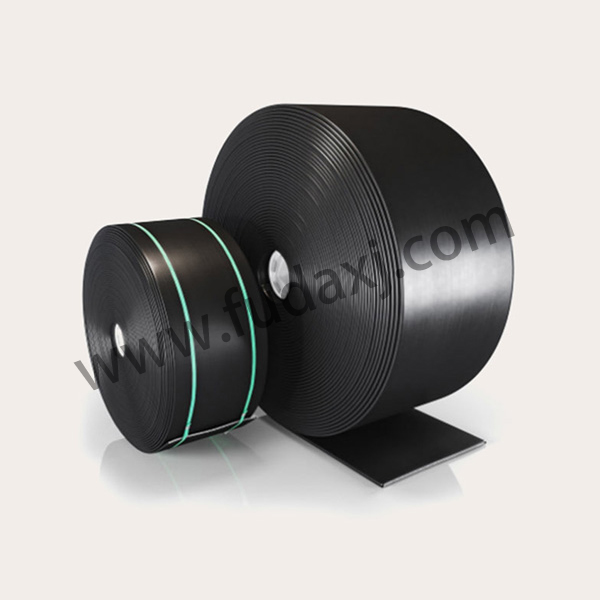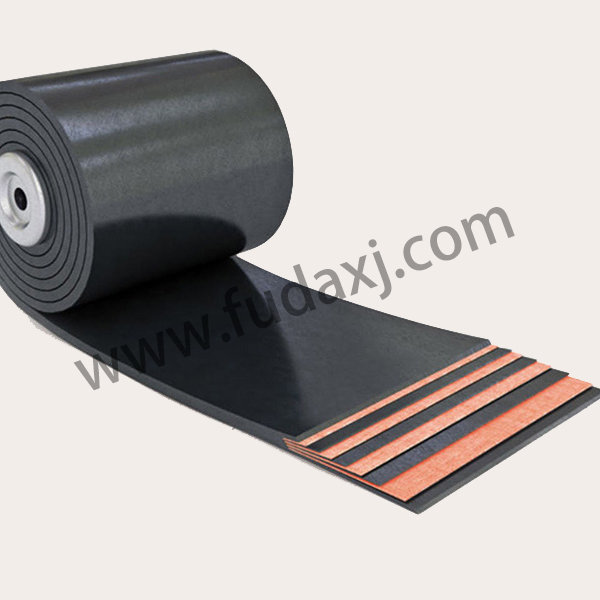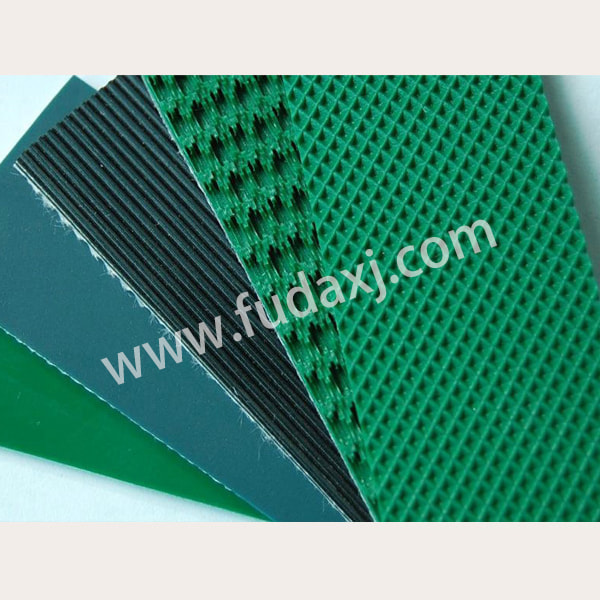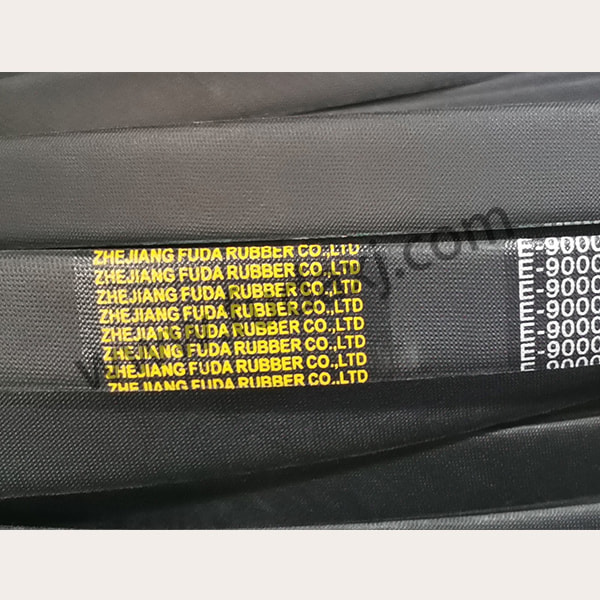
Causes of conveyor belt deviation
In the process of utilization, if there is a deviation, the following checks must be made to determine the cause, and adjust before proceeding. The frequently checked parts and treatment methods for conveyor belt deviations are as follows:
(1) Check the misalignment between the horizontal centerline of the roller and the longitudinal centerline of the belt conveyor. The rubber conveyor has the characteristics of heat-resistant belt, wear-resistant belt, burn-resistant belt, oil-resistant belt, alkali-resistant belt, alkali-resistant belt, heat-resistant belt, and cold-resistant belt. It is mainly used for the transportation of solid materials in various mining, metallurgy, steel, coal, hydropower, building materials, chemical, food and other enterprises. If the non-coincidence value exceeds 3mm, the elongated device holes on both sides of the roller set should be used to adjust it. The specific method is which side of the conveyor belt is biased, which side of the roller group moves forward in the direction of the conveyor belt, or the other side moves backward.
(2) Check the deviation value of the two planes of the bearing seat of the head and tail frame device. If the deviation of the two planes is greater than 1mm, the response is that the two planes are adjusted to be in the same plane. The adjustment method of the head roller is: if the conveyor belt deviates to the right side of the roller, the bearing seat on the right side of the roller should move forward or the left bearing seat should move backward; if the conveyor belt deviates to the left side of the roller, then The bearing seat on the left side of the drum should be moved forward or the bearing seat on the right side should be moved backward. The adjustment method of the tail roller is exactly the opposite of that of the head roller.
(3) Check the position of the material on the conveyor belt. The rubber conveyor has the characteristics of heat-resistant belt, wear-resistant belt, burn-resistant belt, oil-resistant belt, alkali-resistant belt, alkali-resistant belt, heat-resistant belt, and cold-resistant belt. It is mainly used for the transportation of solid materials in various mining, metallurgy, steel, coal, hydropower, building materials, chemical, food and other enterprises. If the material is not centered on the cross section of the conveyor belt, it will cause the conveyor belt to deviate.
If the material deviates to the right, the belt deviates to the left, and vice versa. The material should be centered as much as possible when using it. In order to reduce or avoid the deviation of this kind of conveyor belt, a baffle plate can be added to change the direction and position of the material.
 English
English 简体中文
简体中文 Español
Español عرب
عرب
 English
English





 Fax: 0086-576-83019528
Fax: 0086-576-83019528